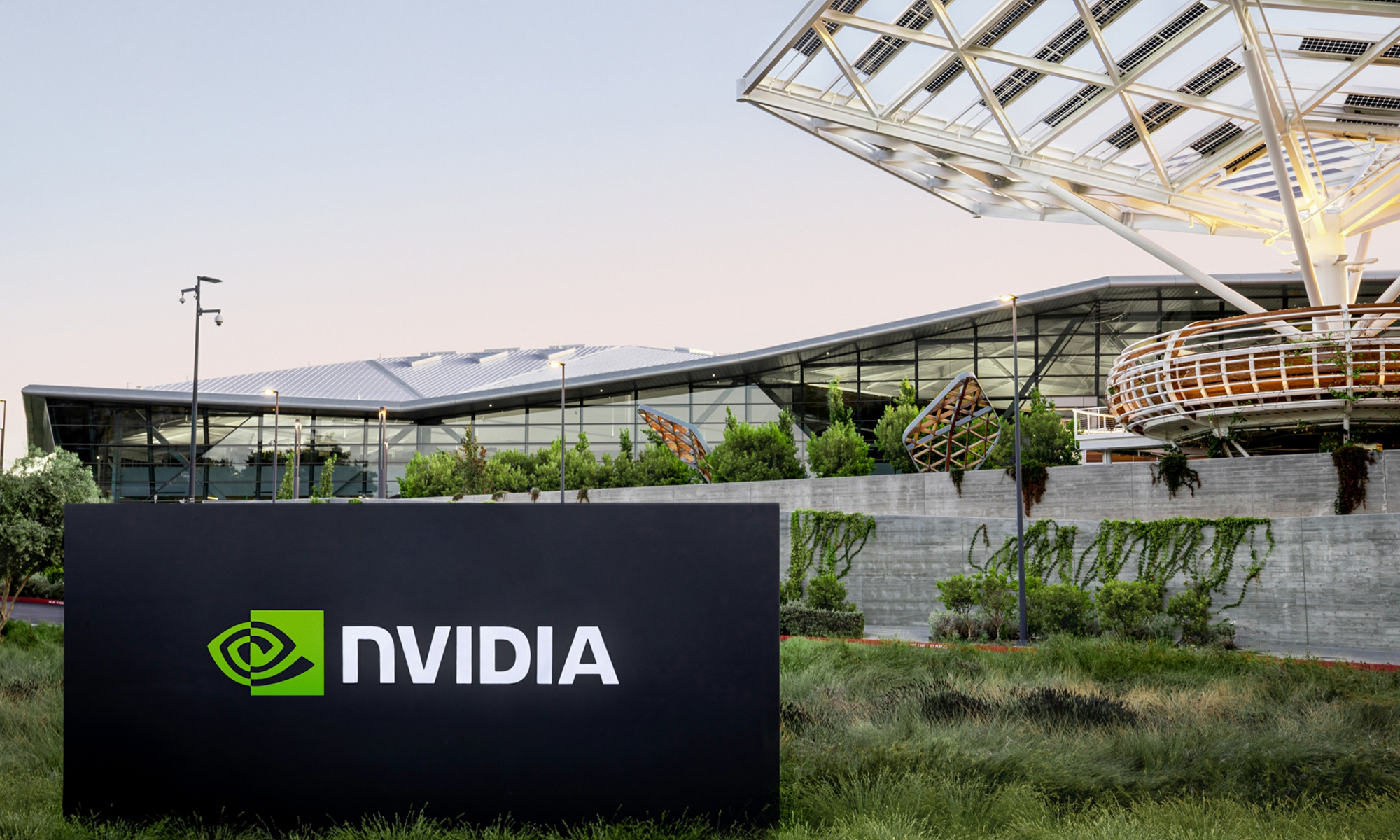How long can the last independent company remain standing alone in a sector where every competitor in a once-diverse pack has quit or been acquired?
I'm talking about computer graphics chip designer NVIDIA (NASDAQ:NVDA). The graphics industry once brimmed with competitors like krill around a Japanese fishing vessel, including luminaries like 3Dfx, STMicroelectronics (NYSE:STM), ATI, and S3 Graphics.
But one by one, they fell. NVIDIA bought out 3DFx years ago, VIA Technologies picked up an ailing S3, STMicro gave up on PC graphics, and finally, AMD (NYSE:AMD) acquired ATI last year. All the while, Intel (NASDAQ:INTC) has designed its own graphics engines, albeit rarely in the high-performance segment of the market. There's plenty of money to be made in unspectacular but adequate display chips for business desktops and teenager-free home computers.
NVIDIA prides itself on the last-specialist-standing status, and CEO Jen-Hsun Huang likes to point it out in every earnings report, as he did once again last night. "As the leading and only dedicated Graphics Processing Unit (GPU) company in the world, our opportunity has never been more exciting as the number of applications and digital devices that benefit from the GPU continues to grow," he said.
It's true that the specialized abilities of a modern GPU can make quick work of tasks that would bring a top-of-the-line quad-core CPU to its knees. The industry started to realize this about two years ago. First ATI, then NVIDIA implemented effective two-way data-transfer methods in their graphics crunchers. Now, your video card can do scientific computing for you, or help encode video files, or build 3-D models for physics modeling, rather than push pixels around onscreen. The list goes on and on.
NVIDIA is riding this wave with a new line of "deskside supercomputers," and AMD plans to base its next platform generation around giving graphics chips and other add-ins unprecedented system-level access to memory and I/O resources. For now, NVIDIA holds the high-end performance crown, but ATI/AMD makes the bang-for-the-buck fight interesting in the lower-end market. According to Huang, his company holds a 66% market share in the add-in video card market, and it's delivering record revenues and profits.
Just remember that it's a roller-coaster ride. No one ever keeps that crown forever, and investors have to be prepared to ride out the cyclical swings. Right now, NVIDIA is on top and lovin' it. Let's see how long they can make it last.
Further Foolishness:
NVIDIA is a Motley Fool Stock Advisor pick, and Intel is a Motley Fool Inside Value recommendation.
Fool contributor Anders Bylund is an AMD shareholder, but holds no other position in any of the companies discussed here. Back in '99 ,when NVIDIA held a contest to name its then-upcoming GeForce line, he thought Geyser sounded spiffy, but got nothing for that idea. You can check out Anders' holdings if you like, and Foolish disclosure looks awesome in full 2560 x 1600, 8x antialiasing, 24-bit color glory, with fog effects and natural lighting. If you can afford it.









